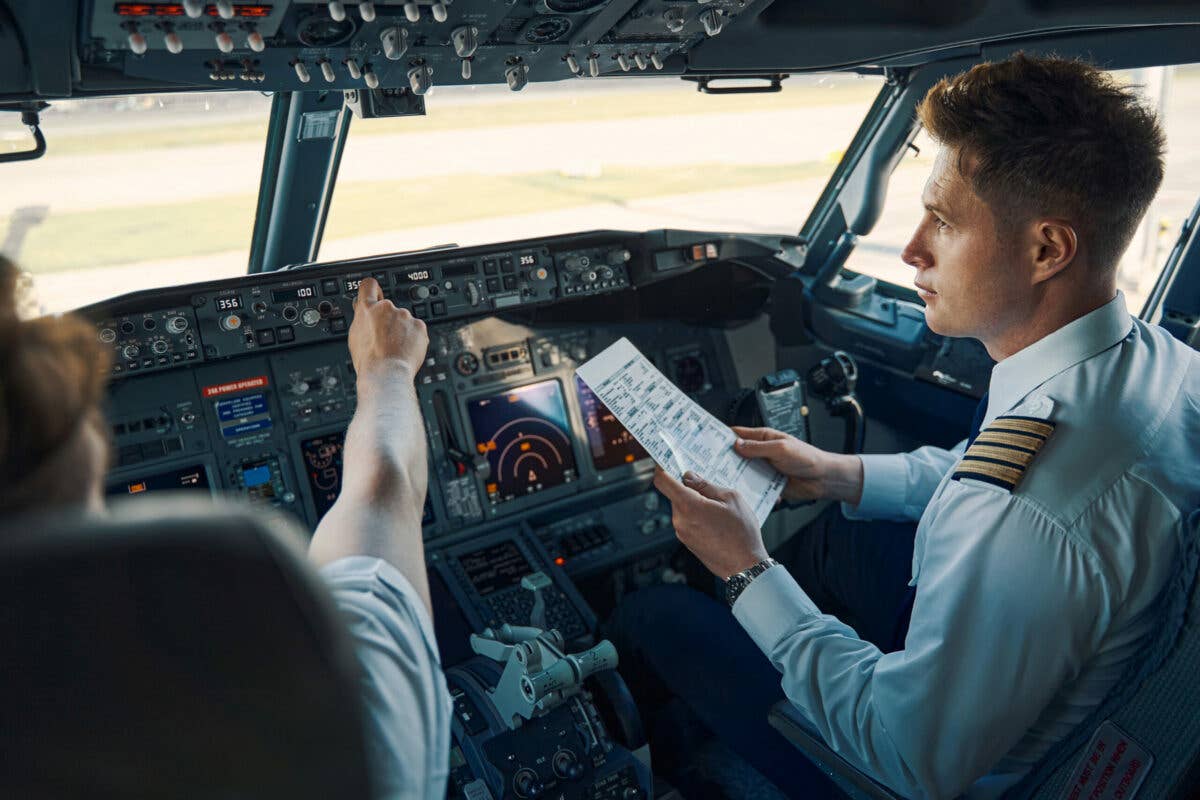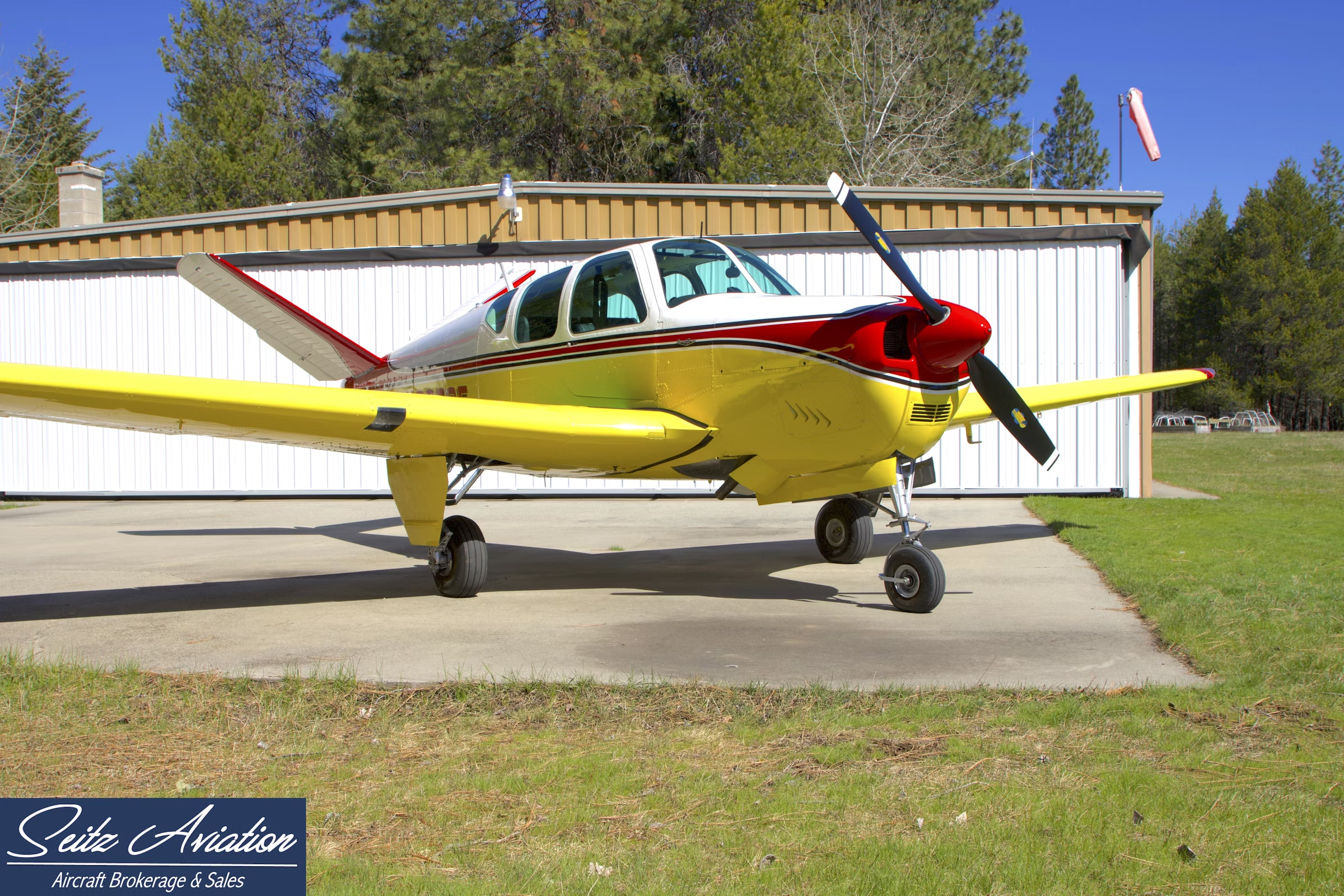
Wally Funk took all of the tests to become an astronaut back in the 1960s. She became one at last on July 20, 2021. NASA photo
She’s well known amongst women who fly as a spark of energy, a driven force, and a bit of an instigator. So, the fact that Wally Funk has now achieved her lifelong dream of flying beyond the Kármán Line and becoming an astronaut does not surprise those who know her in the slightest. We knew she would get there—by hook or by crook—and the elation she showed during the Instagram-posted invitation from Blue Origin’s Jeff Bezos was felt by her friends, and it was visceral. And it was only matched by the elation shown on her face as she stepped out of the New Shepard capsule back onto the Earth.
Wally Funk has spent the grand majority of her 82 years in aviation and in aerospace, starting when she first took an airplane ride at age 13 and continued on to earn her private pilot certificate when she was 16. Her mother was an inspiration to her—she herself went on a barnstorming flight in 1918, though she was talked out of aviation as a pursuit by Wally’s grandfather.
Wally’s love of collegiate aviation began with her own tenure as a member of the “Flying Aggies” of Oklahoma State University, in Stillwater, Oklahoma, in the late 1950s. During college, she wore the team’s uniform—which consisted of white coveralls, and a cowboy hat and boots—to air meets. She picked up several awards along the way, including Outstanding Female Pilot, Flying Aggie Top Pilot, and the Alfred Alder Memorial Trophy. Funk was inducted into the OSU College of Education, Health and Aviation Hall of Fame in 2010.
Wally’s connection with the National Intercollegiate Flying Association continued throughout her career, with her face a familiar one judging and mentoring at NIFA events around the country. Her direct style, wealth of knowledge, and connection to college teams has made her a favorite among participants.
But Wally was just out of college at 22 years old when she was tapped to join a secret project to test the capacity of women to survive and thrive in spaceflight. Led by Dr. R. Lovelace (the same man who similarly put 31 male astronaut candidates through a battery of tests to end up with the Mercury Seven), the team first put Jerrie Cobb through all of the same tests in February 1960. From Wally’s own story posted on the Ninety-Nines site, she describes it: “Lists were made of eligible women to participate in the Mercury Program from FAA records in Washington D.C. and The Ninety-Nines. Twenty-five women were contacted. The women were to be under 35 years of age, in good health, hold a second class medical, four-year college education, a commercial rating or better and have over 2,000 hours of flying time. Jerrie Cobb helped in the selection, and if it had not been for Jerrie, the Mercury 13 would have never made it on paper much less into the testing phases.”
Between February 1961 and later that summer, Wally joined Cobb and K’ Cagle, Jan Dietrich, Marion Dietrich, Jane Hart, Jean Hixson, Gene Nora Jessen, Irene Leverton, Sarah Ratley, ‘B’ Steadman, Jerri Truhill and Rhea Woltman to become the “Mercury 13,” though they ended up with no such official status. Wally, Jerrie, and Rhea went onto the next round of tests, with Jerrie and Wally completing the final tests, Phase III.
Wally never doubted she and her female colleagues would fare well in space. In an oral history archived by NASA in 1999, Wally said, “How well did they come across on the Mayflower? Terrific. How well did they go across the prairies and settle the West in their covered wagons? Great. Big families. Didn’t think anything about it. Why can’t we fly and go into space? The men today that think that we can’t, as women, do things, sorry, folks, we can do it. A woman—and I’m sure Eileen [Collins] has tried extra hard to do her best, because nobody wants to fail, and failure is not a part of my makeup. I do the best I can do and I kick as many doors in as I possibly can, no matter where I go.”
She could still count on her mother for support as well, in an ingenious way, as told from the same oral history: “So, I called Mother up in Hemet, California, and I said, ‘Mom, I need your worst Merry Widow and girdle when you were a girl. Can you get those to me?’ ‘You betcha.’ So, I modified and made my own G suit out of her Merry Widow, and just stuffed my body in this tight little thing, then put my flight suit over it, because I knew once they started to twirl me around in the centrifuge, obviously they thought that I was going to go out within the first go-round of 3 Gs, but I knew to keep the blood rushed up in my body and up in my head. So obviously they gave me three 3Gs for two minutes at a time, and the cameras were set at different places.”
After the failure of the space program to take advantage of these qualified candidates for an actual mission, Wally let no moss grow beneath her. In the 1960s, at Fort Sill, Oklahoma, she was the first female flight instructor for the military at an air base. She was appointed as an FAA aviation safety inspector in 1971, the first woman to perform that role. She became the first woman to hold a position as an investigator for the National Transportation Safety Board, in 1974. Wally retired from the NTSB in 1985 but continued instructing and conducting flight examinations. She has spent her time mentoring and volunteering, not only with NIFA, but also with the Ninety-Nines and Women in Aviation International—by which she was inducted into the Pioneer Hall of Fame in 1995.
She had put a deposit down on a ticket to fly with Virgin Galactic in 2012—and at one point went through preparations to fly from Russia with the Zeghram Voyages program in the early 2000s. But on July 1, 2021, she secured an invitation from Blue Origin to join the crew of New Shepard, which launched on July 20 from the company’s installation in West Texas. Along with Bezos and his brother Mark, and 18-year-old Oliver Daemen, Wally was on the New Shepard for its first commercial spaceflight with humans on board.
The rocket’s engines fired at 8:12 am CDT, after a couple of holds along the countdown timeline. The crew capsule reached apogee at 351,210 ft msl (107 km msl), with the booster reaching apogee at 350,835 ft msl (106 km msl). The New Shepard’s maximum velocity was reached on its ascent at 2,233 mph (3,595 km/h).
With an elapsed mission time of 10 minutes, 10 seconds, it wasn’t a long ride. But by the sheer joy—expressed so completely by Wally as she left the crew capsule back into the embrace of the Texas desert—will last another lifetime for the woman who is now the Earth’s oldest astronaut.

Sign-up for newsletters & special offers!
Get the latest FLYING stories & special offers delivered directly to your inbox






